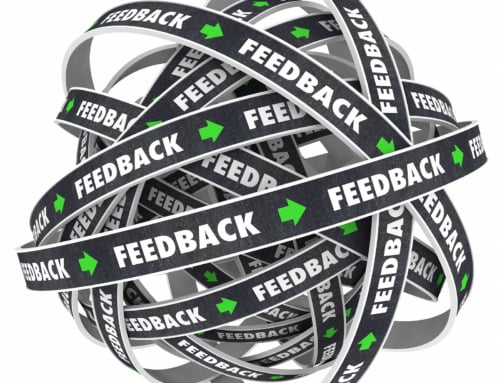Three decades ago, every agency had a creative director role, often filled by someone best described as “eclectic.” What other personality type could possibly generate the big ideas that fulfilled clients’ needs? As a copywriter, I was paired with an art director. Together, we generated and executed concepts based on the creative director’s visions.
How times have changed.
Back then, advertising was the lion’s share of our work. Now, unless an agency focuses mainly on consumer packaged goods, traditional advertising creative makes up only a small portion of the mix — or doesn’t occur at all. Clients care about measurements and the monitoring of their return on investment, leads and sales. Huge campaigns have fallen by the wayside.
Beyond a doubt, creative is no longer king. It’s been dethroned in favor of strategy and content. In fact, by this time next year, content marketing will be a $300 billion industry, a figure I suspect has creative directors shaking in their boots. It seems the creative director position is headed for rapid extinction.
Re-examining The Mix In Modern Agencies
Visit any older-style agency that hasn’t changed its staffing ratios — likely because of senior staff members who have been on board for 10 or more years — and you’ll see one writer for every art director, an unacceptable proportion in an era that calls for two to three writers per art director. At the same time, you’ll find a traditional creative director orchestrating everything by coming up with brilliant ideas that are enormous in scope.
To be sure, creative directors with years of successful campaigns under their belts might not appreciate being suddenly ousted, but unless they’re willing to learn new skills, they may become a fiscal strain rather than a revenue-generating asset.
Putting the creative director’s emotional reactions aside, any agency considering a restructuring event need only look to newer agencies for guidance. Most have administrative departments or people running the agency operations. They also have media departments, which may not be handled entirely in-house. Finally, they house client-facing individuals who maintain accounts.
In this setup, the creative department morphs into a creative services development, a vastly different mix of professionals than what was found in traditional agencies. This department has writers, graphic designers and art directors, but it also contains digital producers. Rather than task a single creative director with managing, forward-leaning agencies have a senior writer, art director and digital producer who head up the department, setting up a leadership triad. As a team, they weave their disciplines together to produce results.
It’s a new way of conceptualizing the agency flow. No longer is one creative individual running the department. At the same time, many of the biggest ideas are being freelanced out. Need a powerhouse creative idea to pitch to a prospect or client? The gig economy has produced a bevy of hotshot freelance creative directors who can operate as hired guns when needed and then move on to other projects.
Yes, the agency is changing, and it’s only going to continue.
Moving Forward With A Realistic Mindset
Is it difficult to step back and see the forest when you’re knee-deep in the redwoods? Absolutely. When you’ve grown up in an agency world with what seemed like tried-and-true rules, the idea of a life without a creative director can seem uncomfortable. However, it’s the new norm, thanks to the innovation of digital.
When agencies first landed on the scene, digital didn’t exist. It does now — in a colossal way, with U.S. digital marketing spend nearing the $120 billion mark by 2021. But more than an add-on to an agency’s offerings, it’s become a central element of what agencies do. Truly, the digitization of agency work has challenged us all to wrap our hearts around the truth. We may love big ideas, producing television spots, making videos — it’s hard to say goodbye.
Yet the marketplace deserves a different model, one with the tools to get clients where they want to go. At the end of the day, agencies owe it to clients to meet their demands, delight them and help them make money. The creative director doesn’t need to disappear entirely, but a reinvention is overdue at any agency that’s still clinging to a bygone era.
This article originally appeared on Forbes.






